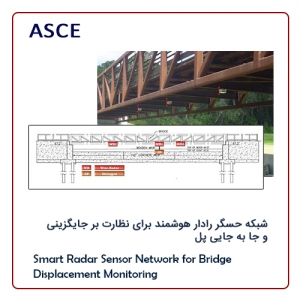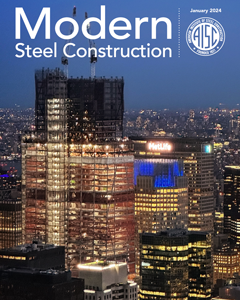توضیحات
Abstract: Composite plate shear walls–concrete-filled (C-PSW/CF) are a new and innovative lateral force–resisting system intended for
high-rise buildings. High-rise building applications of this system are particularly efficient in the coupled wall configuration, in which the
walls are C-PSW/CF and the coupling beams are concrete filled steel box sections. This paper presents a capacity design principle for the
seismic design of coupled composite plate shear wall–concrete filled (CC-PSW/CF) systems. The capacity design principle implements a
strong wall–weak coupling beam approach, in which flexural yielding occurs in the coupling beams before flexural yielding at the base of
walls. The coupling beams are sized to resist the calculated seismic lateral force level. The composite walls are sized to resist an amplified
seismic lateral force corresponding to the overall plastic mechanism for the structure, while accounting for the capacity-limited forces from the coupling beams and the coupling action between the walls. The paper summarizes the recommendations and requirements for appropriate sizing of the composite coupling beams and walls. These recommendations were used along with the capacity design principle to design four example (8–22-story) structures and evaluate their seismic behavior. The structures were modeled using benchmarked finite-element models and fiber-based models that accounted for the various limit states, including steel yielding, local buckling, fracture, concrete crushing, confinement, and tension cracking. The numerical models were analyzed for monotonic pushover loading and scaled seismic ground motions. The structural responses from the nonlinear pushover analysis and the nonlinear time history analyses were in accordance with the capacity limited design philosophy, thus confirming its efficacy.







نقد و بررسیها
هنوز بررسیای ثبت نشده است.